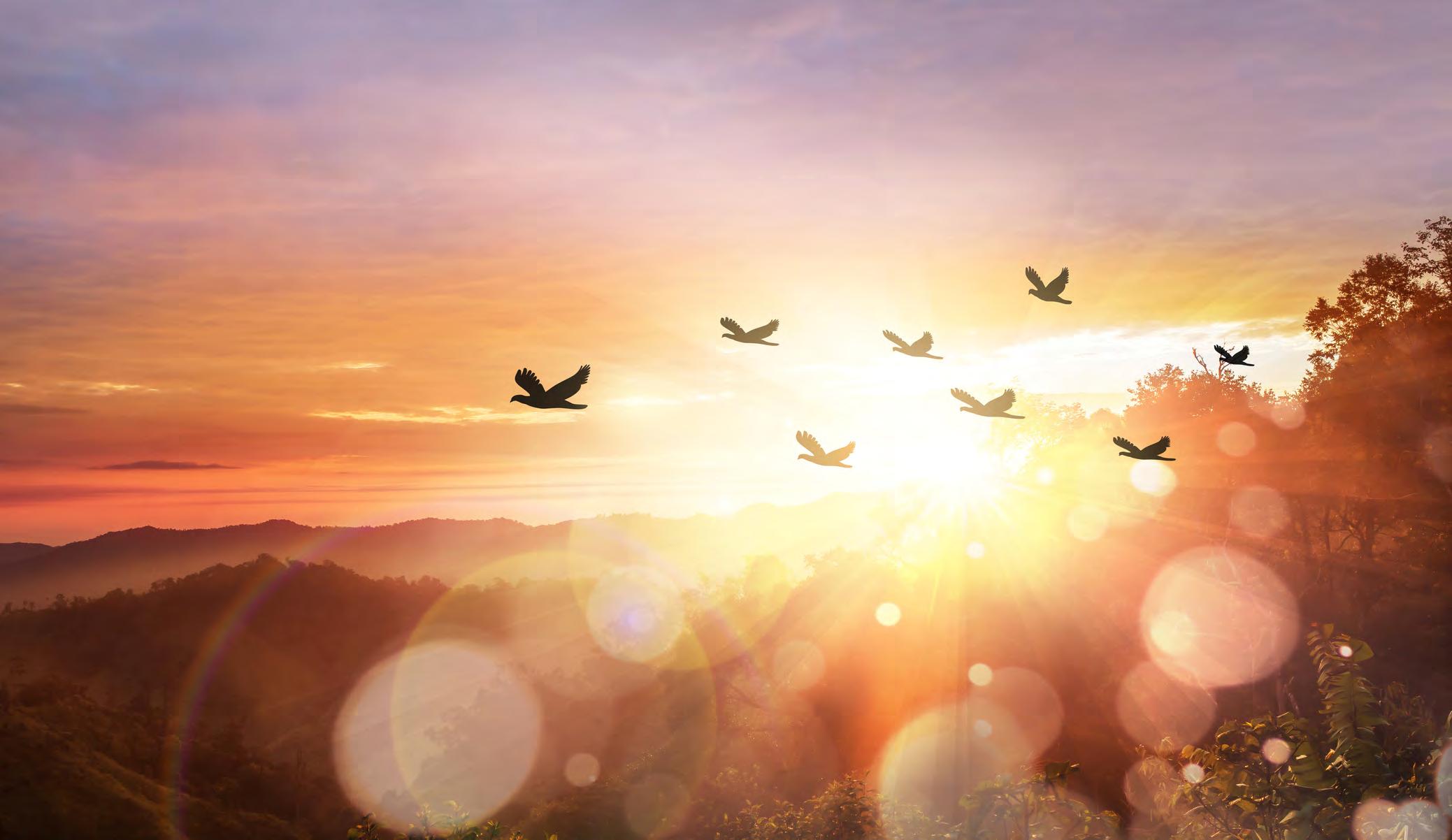
3 minute read
miyo-pimatisowin (The Good Life
NUKSKAHTOWIN • MEETING PLACE
• Increasing Indigenous presence and inclusion across the university through cultural teachings.
• Collaborating and engaging with Indigenous community partners.
• Draw on an established understanding and relationship building with Indigenous communities; foster and inspire an engaged community of colleagues and students.
Kwayskahsatsowin (Conciliation)
Kwayskahsatowin means setting things right; repairing what is broken and bringing it back into harmony and balance. The word reconciliation is the restoration of friendly relations. We did not want to go back to a previous state, we wanted to create a new one where we worked on a new relationship with non-Indigenous people in the field of Education in Canada and we want to build an ethical space where we could work on goals that would benefit Indigenous and, non-Indigenous learners. Part of this work includes:
• Strengthen the research undertaken for, by, and about
First Nation, Métis and Inuit students, and scholars at
Athabasca University.
• Drawing and linking our educational philosophy from the teachers we know best: our Elders, leaders, and traditional knowledge holders in Indigenous communities.
• Examining and implementation of the TRC Calls to Action and the
United Nations Declaration on the Rights of Indigenous
People (UNDRIP).
• Emphasizing the importance of a land based teaching/learning model. • Creating a space for Indigenous language revitalization.
• Programming options within credential programs in
Indigenous languages.
Reciprocity
• Reciprocity is the equitable maintenance of harmony and balance in the exchange of knowledge, ideas, services and support between peoples, the land and all our relations, including creatures and plants. Reciprocity is a way of being and a way of living, it is the central philosophy and tenet of
Indigenous peoples worldview that ensures humility, respect and honour.
• Examining Indigenous relationships in a global context and will endeavor to identify partnerships and collaborations which are mutually beneficial with Indigenous partners around the world.
• Examining new and innovative ways to educate students and will pay specific attention to areas identified as essential by
Indigenous peoples (i.e. governance, culture, languages).
• Examining Indigenous and non-Indigenous worldviews as they interact and work for the betterment of
Indigenous peoples.
• Advocating for land based teaching/learning, where appropriate.
NUKSKAHTOWIN • MEETING PLACE

The Model
RESPECT
RECIPROCITY
NUKSKAHTOWIN (Meeting Place) culturally based post-secondary education MIYO - WICEHTOWIN (Good Relations)
KWAYSKAHSATSOWIN (Conciliation)
Nukskahtowin Goals
Goal 1: Developing a Cultural Framework
Athabasca University is a cultural milieu of diverse experiences and worldviews. As colleagues and learners, we come together with one goal in mind, accessible education for all peoples regardless of race, place, or space. As part of our ongoing commitment to Indigenous people in the land known as Canada and in response to the Calls to Actions of the TRC and the United Nations Declaration on the Rights of Indigenous People, we strive to move Indigenous Knowledge into the mainstream university culture as a way of building a bridge between Indigenous and non-Indigenous people. In order to prepare our AU team members and learners, we will be moving forward with cultural teachings, an Indigenous Research series, and workshops regarding Indigenous Ways of Knowing and how to incorporate them into the university culture.
As part of developing a cultural framework, we will be sharing and analyzing our worldviews and we strive to come to a shared common space where ethics and values live and work towards a better university environment. This will be conducted through cultural teachings taught by Elders, knowledge holders, scholars, artists, and writers.
The resulting framework will be an integration of Indigenous knowledge into our programs and services, including research plans, courses, and programming. We will be able to respond in a culturally appropriate manner to our Indigenous partners and collaborators.


